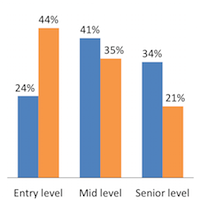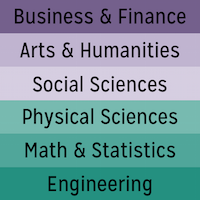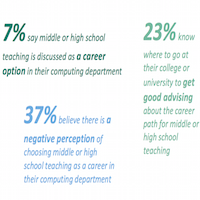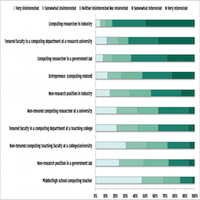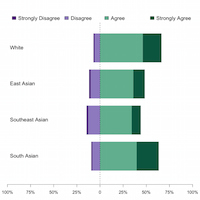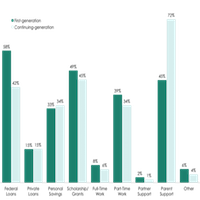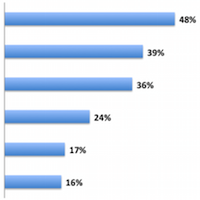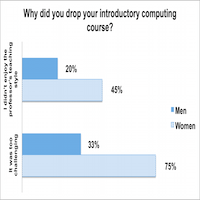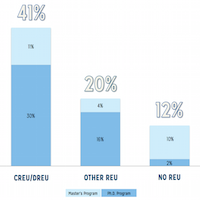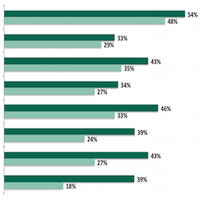
Participation Rate in Computing-Related Contests Highest Among Men, and Among Asian Students
During the fall 2016 academic semester, CERP collected data from 5,208 undergraduate students currently or previously enrolled in computing courses at a sample of U.S. colleges and universities. Students were asked whether they had participated in any computing-related contests (e.g., hackathons or robotics competitions) during the past year. Some believe this type of activity can help resumes stand out and makes applicants competitive on the job market (e.g., Harnett, 2016; Mone, 2016). We found men were more likely than women, and Asian students were more likely than their peers, to report having participated in computing-related contests. To help promote a level applicant playing field, contest organizers should consider modifying recruitment strategies to target groups who are less likely to participate, such as women.


